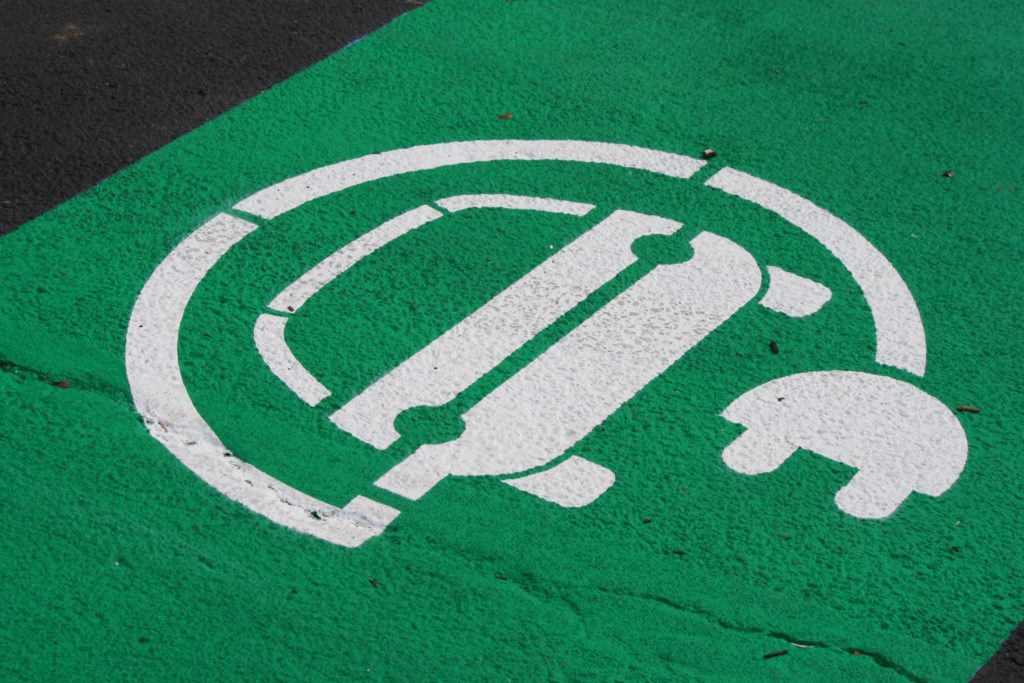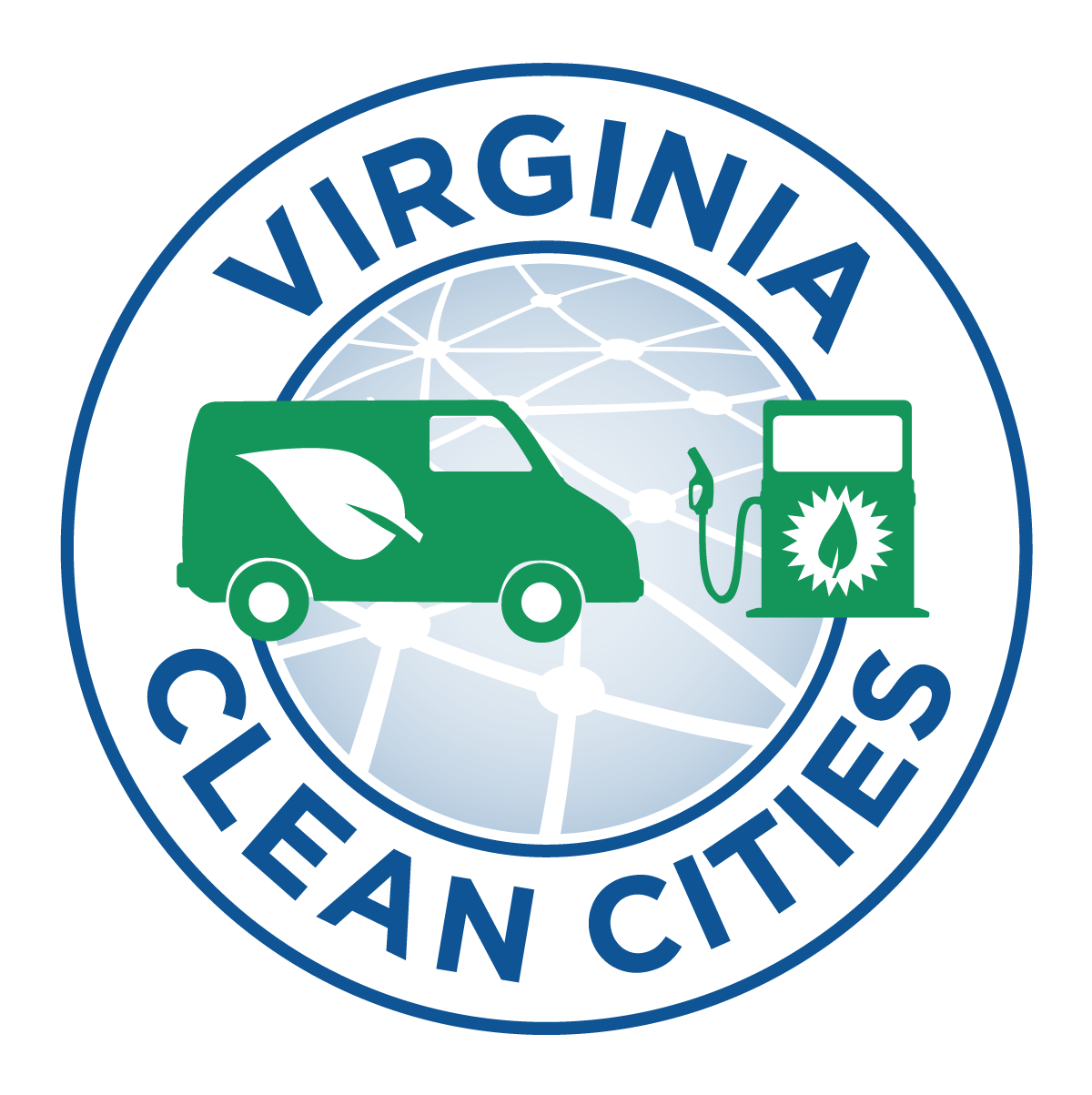The following commentary was written by Joyce Bodoh, director of energy solutions and clean energy at Rappahannock Electric Cooperative. This post originally ran on the Energy News Network’s website; used with permission.

EVs have finally reached the inflection point that drivers who live in rural areas can plug into the all-electric cars and save serious money along the way.
Rural areas have certainly been left behind in the installations of access to public EV charging stations. However, EV sales are picking up and national car manufacturers are making splashy headlines with their dedication to go electric. Rural drivers have a big incentive to go all-electric, too: they will save serious money on gasoline, oil changes, and significantly reduce their carbon emissions impacted by long commutes. EVs available today can go as far as 400 miles on a single charge — welcome news to drivers with longer than the average commute of 30 miles a day.
New all-electric models hitting the market include pick-up trucks, EVs that seat up to seven passengers, and plug-in hybrid minivans. EVs are not just available in the new car market, either. The used car EV market is expanding as well and available at a variety of price points.
As the director of energy solutions and clean energy at Rappahannock Electric Cooperative (“REC”), I support electric transportation efforts for the cooperative and promote the benefits of EVs to our member-owners. REC is an electric cooperative that provides electricity to 170,000 member-owners across Virginia.
EVs save rural drivers money
All-electric vehicles allow drivers to plug in at home for about $1 compared to similar vehicles that run on gasoline. EVs have no tailpipe emissions, no oil in their electric motor, and do not require oil changes. With long drive times, this can save rural drivers significant expenses over many years. An average oil change costs between $35 and $75 and is required every 3,000 to 7,500 miles. Maintenance for electric vehicles, on the other hand, is much less costly and includes tire rotations, washer fluid, brakes, and wiper blades and a 2020 Consumer Report study found that EV drivers save $4,600 in repair and maintenance costs compared to gasoline powered cars.
Incentives
In addition to saving money at the pump, many discounts and rebates are available. Rappahannock Electric Cooperative, one of the largest cooperatives in the U.S., plans to offer a monthly bill credit of $7 for EV drivers who schedule charging to occur between 10 a.m. and 2 p.m., or 9 p.m. to 5 a.m. The application is currently pending before the public utility commission and should be available in early 2022.
Setting up scheduled charging is easy and available for all models. Once charging is scheduled, a driver plugs in the EV and walks away, and the car will begin charging during the pre-set hours.
The federal tax credit provides up to $7,500 for purchases of some new all-electric or plug-in hybrid vehicle purchases but phases out the credit based on the number of vehicles sold by the manufacturer.
Visit https://www.fueleconomy.gov/feg/taxevb.shtml for a complete listing of the remaining tax credits. For owners purchasing a residential level 2 240 v charger, another federal tax credit is available up to 30%, or up to $1,000 of the cost of the charger.
Charging at home is easy
Even rural drivers, with long roundtrip commutes, have a significant time each day available to charge their car, with a little advanced planning because of the long idle times that cars are parked.
Rural drivers should consider their typical driving habits and the range per charge of the EV. With a 30 mile roundtrip or less, and the range per charge of the vehicle is 100 miles, a level 1 120 v (that comes standard with an EV) would be a good choice. Typically, a level 1 120 v will charge 4 miles each hour that it is plugged in. This equates to about 50 miles of charging when parked overnight. Level 1 120 v charging doesn’t strain the electric grid, and doesn’t require extra equipment, but it could take up to 24 hours to fully charge.
Alternatively, a level 2 240 v will charge between 10-60 miles per hour and likely fully charge an EV in about 8 or 9 hours. They are usually not included with an EV and cost about $400-$600 per charger. Before installing a level 2 240 v charger, drivers should find an electrician to install the charger and notify their electric utility. More information about choosing the right type of charger can be found at www.myrec.coop/PowerYourDrive.
Drivers who need to charge their EV in public stations can use www.plugshare.com or built-in car dashboard mapping to locate nearby chargers. Some public stations are free to use while others charge a fee. Tesla public EV stations can only be used by Tesla vehicles, however.
The declining costs of EVs and the unparalleled battery range have at last made EVs an option for rural drivers.
